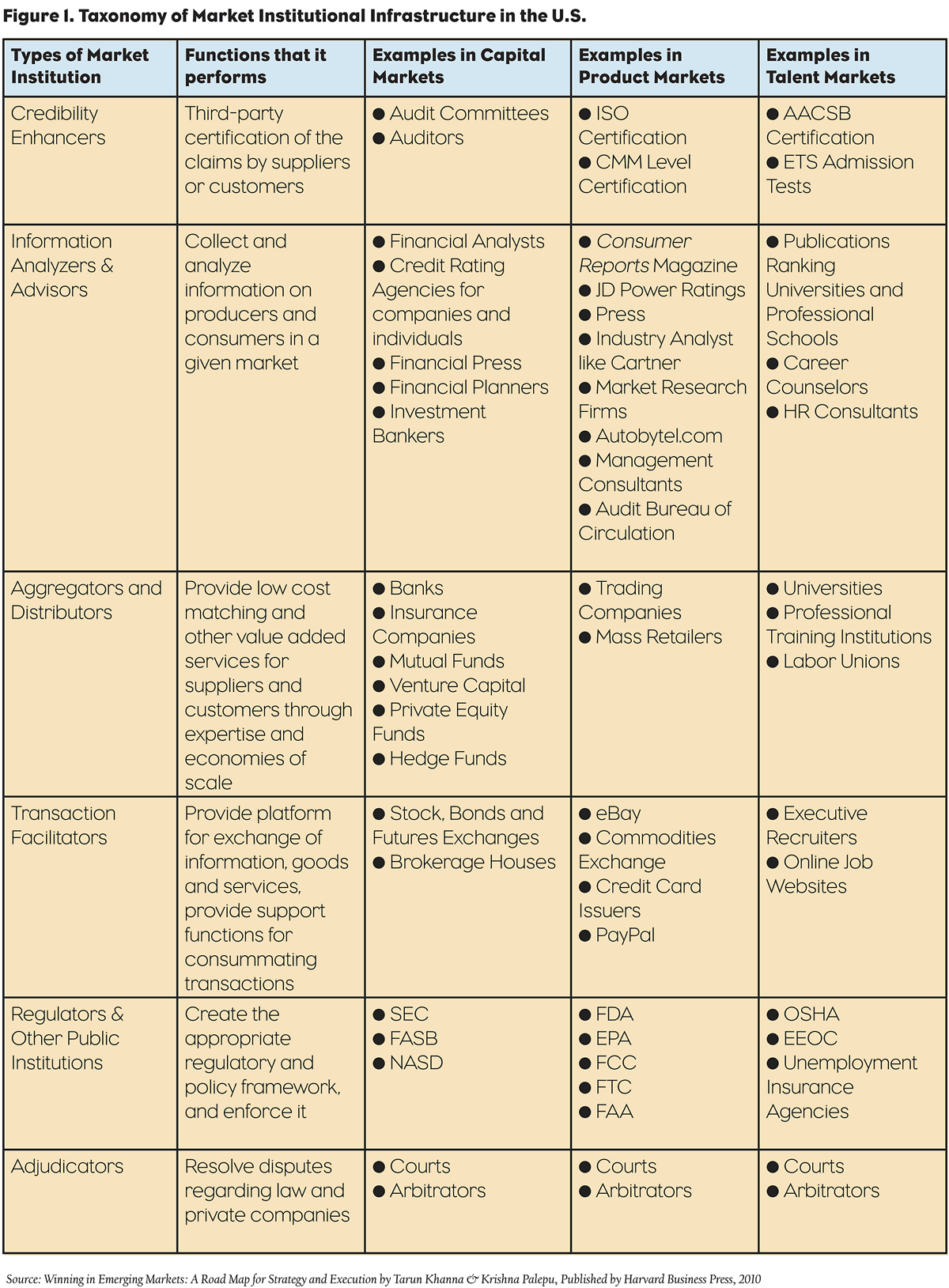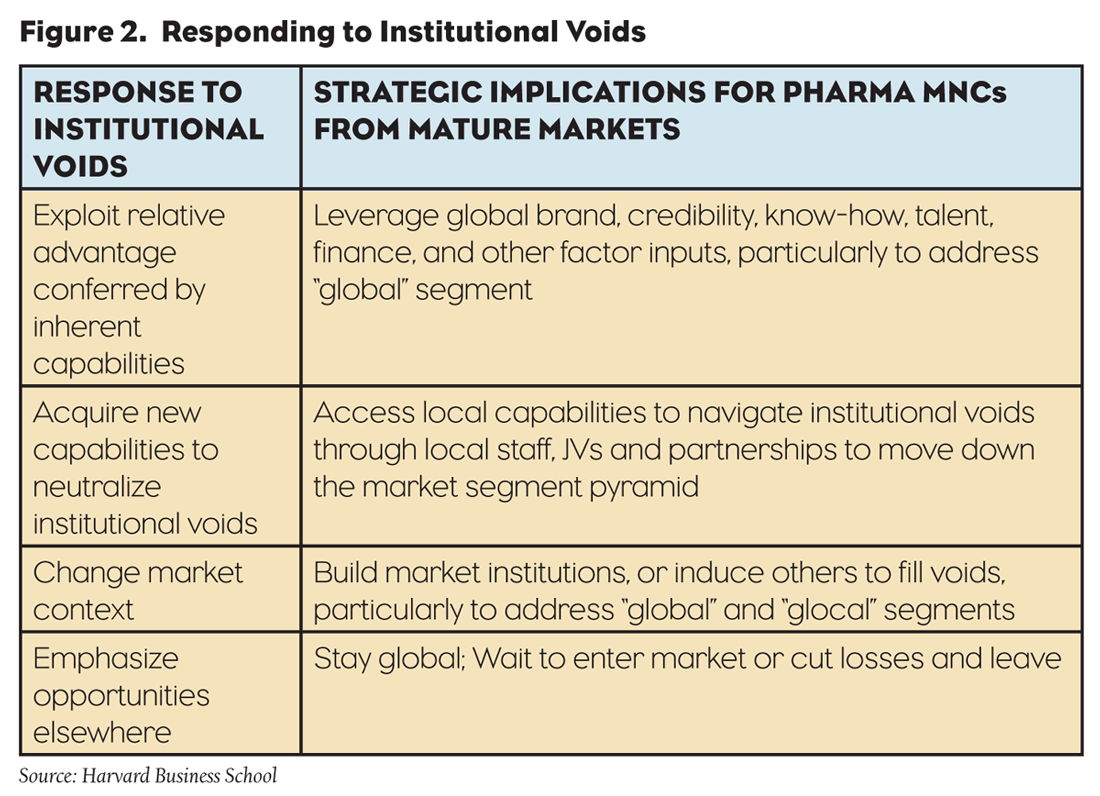Pharmaceutical market growth has shifted from the U.S. and Europe toward Asia, South America, Australia and Africa, making it imperative for multinational pharma to focus their energies on these regions. China is the largest opportunity market with the highest growth momentum and is in a league of its own, slated to become the third largest pharmaceutical market in the world by 2013. The emerging market countries (see “Definition of Pharmerging Markets” sidebar below), a.k.a. pharmerging countries, exhibit the economic and demographic profile shifts that will foster the growth of the foreign pharma industry. An increase in the population suffering from chronic diseases similar to the developed world presents an opportunity to market drugs for oncology, diabetes and other chronic therapeutic areas.
Opportunities in these markets include:
- Pharmerging markets have large patient pools with unmet needs and rising chronic disease prevalence.
- Generic drugs are the fastest growing segment, and multinational pharma should target generics as a major opportunity.
- Demand for “branded generics” will drive foreign pharma firm growth in the pharmerging markets as compared to local generics.
- Lower R&D costs and government focus on research will drive foreign pharma investment in pharmerging markets.
- Pharmerging market conditions are conducive to offering lower drug manufacturing costs for multinational pharma.
- Local contract research and manufacturing capabilities are on a fast growth track with India and China leading the pack.
- Growth of clinical trials in pharmerging markets.
However, in order to successfully navigate the complex landscapes of these markets it is important for pharma marketers to understand the structural definitions of emerging markets rather than traditional definitions. According to Harvard Business School professors Tarun Khanna and Krishna Palepu, the most important feature—ease with which buyers and sellers can come together to do business with each other—is an area in which most developing countries fall short.
It’s no easy task to identify strategies for entering new international markets or to decide which countries to do business with. Many firms simply go with what they know—and fall far short of their goals. Part of the problem is that emerging markets have “institutional voids”: They lack specialized intermediaries, regulatory systems and contract-enforcing methods. These gaps have made it difficult for multinationals to succeed in developing nations; thus, many companies have resisted investing there.
That may be a mistake. If Western companies don’t come up with good strategies for engaging with emerging markets, they are unlikely to remain competitive. Many firms choose their markets and strategies for the wrong reasons, relying on everything from the senior managers’ gut feelings to the behaviors of rivals. Corporations also depend on composite indexes for help making decisions. But these analyses can be misleading; they don’t account for vital information about the soft infrastructures in developing nations.
The Five Concepts Framework
A better approach is to understand institutional variations between countries. The best way to do this is by using the five contexts framework. The five contexts are a country’s political and social systems, its degree of openness, its product markets, its labor markets and its capital markets. By asking a series of questions that pertain to each of the five areas, executives can map the institutional contexts of any nation. When companies match their strategies to each country’s contexts, they can take advantage of a location’s unique strengths.
But first, firms should weigh the benefits against the costs. If they find that the risks of adaptation are too great, they should try to change the contexts in which they operate or simply stay away. To succeed in business in any new market, you have to know what’s happening there and what conditions you’re likely to find. So argues HBS professors Khanna and Palepu in their book Winning in Emerging Markets: A Road Map for Strategy and Execution, published by Harvard Business Press, 2010, who contend that these “institutional voids” keep emerging markets stuck in the status of “emerging,” and they offer useful insights about ways businesses in these emerging markets can compensate.
Emerging markets have garnered news headlines and have figured prominently in the strategies of companies and investment funds of all kinds. Many of these markets are already among the world’s largest economies and are poised to be critical drivers of the global economy in coming decades. How can your company ensure that it makes the right strategic choices when it comes to doing business in emerging markets?
Challenges to Overcome
Pharmerging markets do present several challenges which need to be overcome by multinational pharma firms. These include:
Patents and Related Regulations: Intellectual property rights, patent expiration issues and support for generic drugs; red tape/lengthy drug approval process in some countries; counterfeit drugs and data confidentiality issues in trial results.
Price Controls and Regulations: Discretionary price cuts by government are a stark reality; tax considerations will drive investment—countries like Brazil have high tax regime for the pharma industry and import restrictions; emphasis on local manufacturing, promoting local drugs.
Weak Infrastructure: Low income base, hence requirement for lower priced drugs; inadequate infrastructure to support manufacturing and distribution of drugs (e.g., cold chain distribution; minimal insurance coverage, high out-of-pocket healthcare spending).
Forex Movements and Political Risk: Pharmerging market currencies, except for the Yuan, have depreciated significantly against the dollar recently; hedging is an option for pharma firms to protect against currency risk; political instability in certain markets increases investment risk.
The biggest challenge in pharmerging markets is the pricing pressure owing to economic factors and government regulations. Flexible pricing in pharmerging markets is a key strategy to ensure market penetration and volume based growth.
Taking On Institutional Voids
In developed economies, dozens of institutions—such as credit card systems, market regulation and comprehensive market research—facilitate the smooth functioning of markets. Developing economies, on the other hand, present unique challenges for companies precisely because they lack these crucial intermediary institutions. While institutional voids are the source of many obstacles to doing business in emerging markets, they can also be sources of advantage for pharma companies—foreign or domestic—that have the capabilities to help fill these voids. In Khanna and Palepu’s book, the two experts in emerging market strategy describe how companies can identify and exploit opportunities to build businesses by filling in institutional gaps.
In order to win in the emerging markets, Khanna and Palepu outline a practical framework for developing emerging market strategies based not on broad categorical definitions like geography, but on a structural understanding of these markets. Their framework describes how “institutional voids” create daunting obstacles for companies trying to operate in emerging markets. Understanding these voids—and learning how to work with them in specific markets—is the key to success. Figure 1 (above) shows how to spot institutional voids in emerging markets, while Figure 2 (below) shows how to respond to those institutional voids.
Conclusion
Conventional wisdom holds that the best way to select an emerging market to exploit is to evaluate its size and growth potential. Not so, according to Khanna and Palepu, leading experts on the subject. The primary exploitable characteristic of an emerging market is actually the lack of institutions (such as credit card systems, intellectual property adjudication and data research firms) that facilitate efficient business operations. But while such institutional voids present challenges, they also provide enormous opportunities for pharmaceutical companies from developed markets to build businesses based on filling these voids either by themselves or in partnerships with domestic or other international firms.








